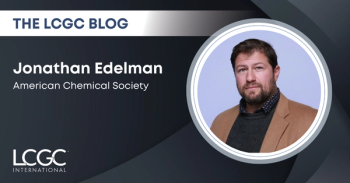
E-Separation Solutions
- E-Separation Solutions-11-11-2009
- Volume 0
- Issue 0
GC Column Degradation
The answer to the following question was supplied by LCGC's "GC Connections" columnist John Hinshaw.
The answer to the following question was supplied by LCGC's “GC Connections” columnist John Hinshaw.
Q: What are the main causes of GC column degradation or decline in performance?
John Hinshaw: There are four main causes of GC column degradation and performance decline.
First, columns are degraded by the build-up of nonvolatile sample residues that interact with target analytes to cause peak tailing, catalytic decomposition, and ultimately loss of separation. Proper sample preparation, the use of a retention gap, and inlet liner maintenance will help alleviate this problem. Trimming the beginning of a contaminated column can recover some performance. Headspace sampling, when possible, completely eliminates this problem.
Second, chemically active substances in the sample such as derivatization reagents and their by-products can degrade the stationary phase and will lead to significant performance losses. Careful choice of derivatization reagents and avoidance of excessive amounts will help reduce this effect. Some stationary phases are less susceptible to these effects.
Third, the presence of oxygen in the carrier gas from leaks or poor quality gas cylinders will degrade some stationary phases, such as Carbowax and bonded Carbowax types. Attention to carrier gas quality, the use of fresh oxygen filters, and leak-free connections will ensure a longer lifetime for these columns.
Fourth, excessively high operating or conditioning temperatures will age a column prematurely. Never exceed the maximum operating temperature when performing separations, and never exceed the recommended conditioning temperature and duration.
Articles in this issue
about 16 years ago
November HPLC E-Separation Solutions Newsletterabout 16 years ago
Increased Efficiency and Resolution with Kinetex Core-Shell Technologyabout 16 years ago
Thin Layer Chromatographyabout 16 years ago
HPLCabout 16 years ago
Icons of Chromatography: Harold McNairNewsletter
Join the global community of analytical scientists who trust LCGC for insights on the latest techniques, trends, and expert solutions in chromatography.




